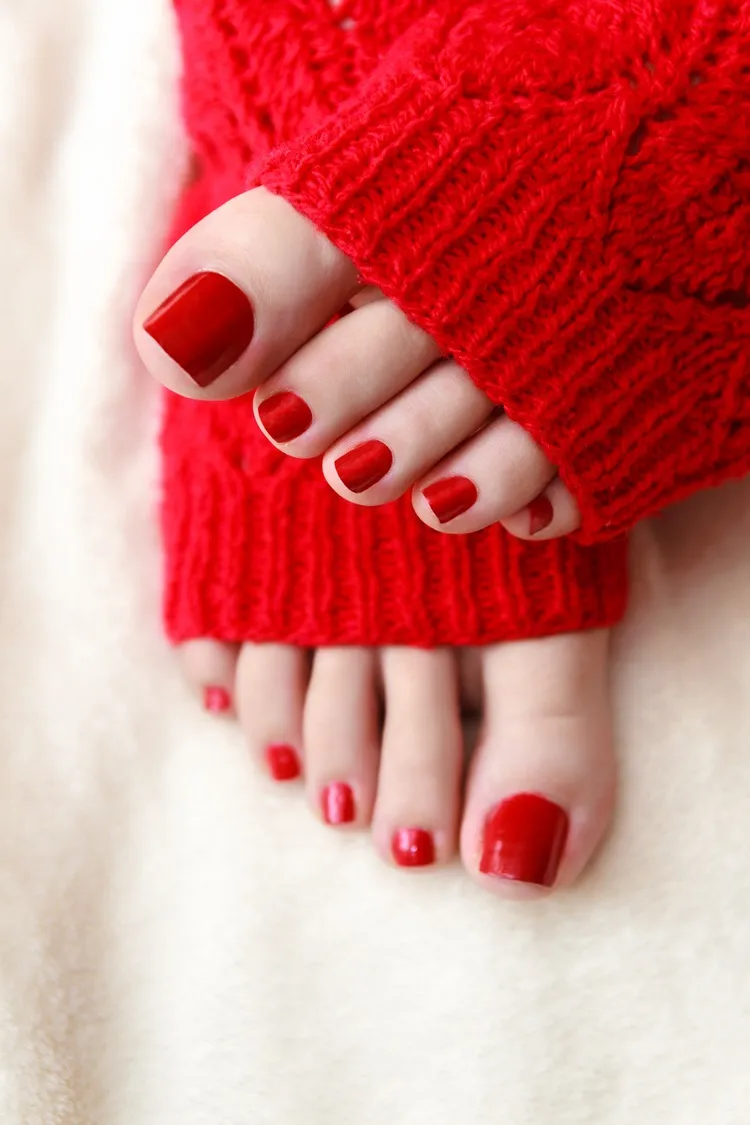We all try to maintain our appearances as best as we can all year round, especially when it comes to our manicures and pedicures. As good as your nails may look on the surface, there is a very serious reason why you should avoid getting gel pedicures in the winter. What is it, and why aren’t more people talking about it? Here’s what I learned after consulting with specialists!
What is a Gel Pedicure?
The gel pedicure follows the same process as the gel manicure. If you’ve never gotten one before, the first thing they are going to do is prep your nails. They will cut the cuticles, shape the nails, and remove any calluses if you ask them to do so. Then, they should apply a dehydrant, followed by a base coat. After that, your nails will be painted with two coats of your desired color and finished with a gloss or matte top coat.
Note: Some salons might soak your feet in a foot bath before starting with the pedicure. It is a pleasant and relaxing experience, although there is a hidden risk that not many nail technicians take into consideration. Read on to find out what it is.
Why Should You Avoid Getting Gel Pedicures in the Winter?
Unless you live in a place with a tropical climate, you fall into the category of people who wear socks and closed shoes in the winter. As breathable as your shoes may be, it is inevitable for your feet to sweat. This, in itself, is not an issue unless you have gel nail polish on your toes. Because the nail polish is porous, it absorbs that moisture and when you have your feet contained in sneakers, loafers, boots, or any other closed shoe that you wear with socks or tights, the moisture has more time to penetrate deeper into the nail. This can cause the nail polish to chip and peel in some places without you even noticing. If and when this happens, you create perfect conditions for developing a fungal infection.
How Do I Know If My Toe Has Fungus?
Once the nail polish gets removed from your toes, pay attention for any discoloration. If you notice yellowing of the nail around the corners, or dark spots that look like a bruise, you probably have a fungal infection. If you leave it untreated for too long, it can deepen and spread to the rest of your toes.
Can I Wear Nail Polish Over the Infected Nails?
Gel nail polish creates a thick barrier on the surface of your nail. While this will make your toes look good on the surface, it does not help prevent the development of the fungal infection. If anything, it will slow down the healing process as the nails need to be treated topically with antifungal drops or nail polish. It’s best to not wear any nail polish while treating the fungus.
Read also: The TOP 5 Essential Oils for Nail Growth + Grandma’s Recipe for DIY Natural Serum


